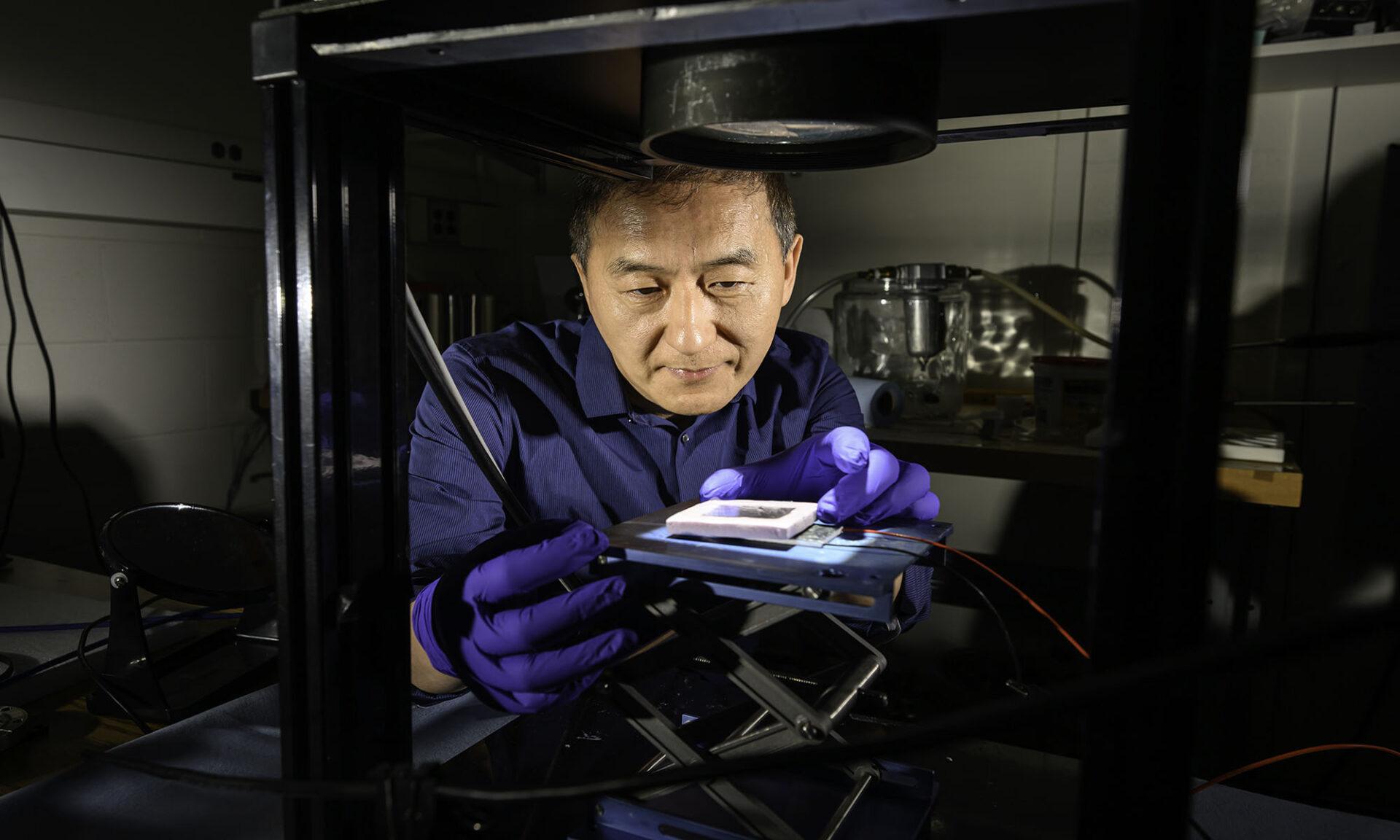Researchers at the University of Rochester have developed a breakthrough technology that could mark a new chapter in the advancement of renewable energy. A research team led by Professor Chunlei Guo from the Institute of Optics has created a solar-powered thermoelectric generator (STEG) that achieves efficiency fifteen times higher than that of existing devices of this kind. The study, published in Light: Science and Applications, was supported by the National Science Foundation, FuzeHub, and the Goergen Institute for Data Science and Artificial Intelligence.
Unlike widely used photovoltaic panels, STEGs harness not only sunlight but also various forms of thermal energy. Their operation is based on the Seebeck effect—a difference in temperature between the hot and cold sides of the device generates an electric current. Until now, however, such technologies have suffered from very low efficiency, converting no more than about 1 percent of solar energy into electricity.
The Rochester team overcame these limitations by shifting their focus away from the semiconductors themselves to the hot and cold surfaces of the device. They employed a so‑called “black metal” technique, in which the surface of tungsten was treated with ultrashort laser pulses. This process created nanostructures that significantly enhance the absorption of solar radiation while simultaneously reducing heat loss.
In addition, the team developed a kind of “miniature greenhouse” by covering the black metal with a thin plastic layer, which helped to trap more thermal energy. On the cold side of the device, they applied a similar laser‑processing technique to aluminum, producing a highly efficient heat sink capable of dissipating heat twice as effectively as conventional designs.








